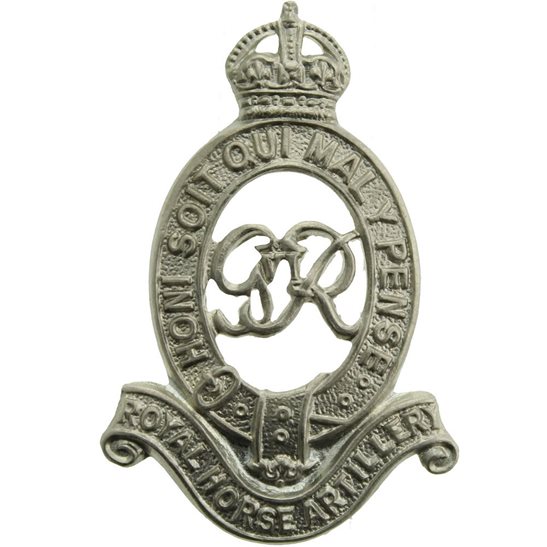Personal Details
Born: 5 October 1897 in Bridgnorth, Shropshire and baptised 15 October the same year at St. Leonard`s Parish Church, Bridgnorth.
Family: He was the youngest of 4 children born to John Lucas, a police sergeant, and his wife Elizabeth, nee Morgan. He married Jane Kathleen Manuel on 9 June 1934 at Wrexham Parish Church, Wrexham, Denbighshire, Wales. The couple had one child, Jean K born in 1937. John married for a second time in 1962 at Wrexham to Ethel Trevor.
Residence: At the time of his baptism his family were living in Bridgnorth, Shropshire but by 1901 they had moved to the Police Station, Frogmore Road, Longslow, Market Drayton, Shropshire. In 1911 his father had received a promotion to Superintendent of Police at Whitchurch and the family were living at the Police Station, Station Road. This was the address given for him on the 1919 Absent Voters` List. In 1939, now married, he was living at 13 Bryn Estyn Road, Wrexham, Denbighshire. At the time of his death his address was Stone House, Singret Hill, Llay, Wrexham.
Education: From 20 September 1911 until 9 April 1913 he attended Whitchurch Boys Grammar School.
Employment: On his Grammar School records it stated that on leaving in 1913 he was going to be an apprentice at Joyce Clock Works, however on his Attestation in November 1915 his occupation was a coach builder. By 1939 he was a joiner.
Died: 13 August 1977 in Wrexham Maelor, Denbighshire, aged 79.
Military Details
Regiment: Royal Horse Artillery (previously Royal Field Artillery)
Rank: Gunner
Service Number: 168714
Date of Enlistment: 22 November 1915
Date of Discharge: 20 May 1919
Reason for Discharge: Demobilisation
John was awarded the Campaign Medals (British War Medal, and Victory Medal)

The British War Medal (also known as 'Squeak') was a silver or bronze medal awarded to officers and men of the British and Imperial Forces who either entered a theatre of war or entered service overseas between 5th August 1914 and 11th November 1918 inclusive. This was later extended to services in Russia, Siberia and some other areas in 1919 and 1920. Approximately 6.5 million British War Medals were issued. Approximately 6.4 million of these were the silver versions of this medal. Around 110,000 of a bronze version were issued mainly to Chinese, Maltese and Indian Labour Corps. The front (obv or obverse) of the medal depicts the head of George V. The recipient's service number, rank, name and unit was impressed on the rim.
The Allied Victory Medal (also known as 'Wilfred') was issued by each of the allies. It was decided that each of the allies should each issue their own bronze victory medal with a similar design, similar equivalent wording and identical ribbon. The British medal was designed by W. McMillan. The front depicts a winged classical figure representing victory. Approximately 5.7 million victory medals were issued. Interestingly, eligibility for this medal was more restrictive and not everyone who received the British War Medal ('Squeak') also received the Victory Medal ('Wilfred'). However, in general, all recipients of 'Wilfred' also received 'Squeak' and all recipients of The 1914 Star or The 1914/1915 Star (also known as 'Pip') also received both 'Squeak' and 'Wilfred'. The recipient's service number, rank, name and unit was impressed on the rim.

